Fast-Growing Shade Trees for Dappled Sunlight Where You Want It
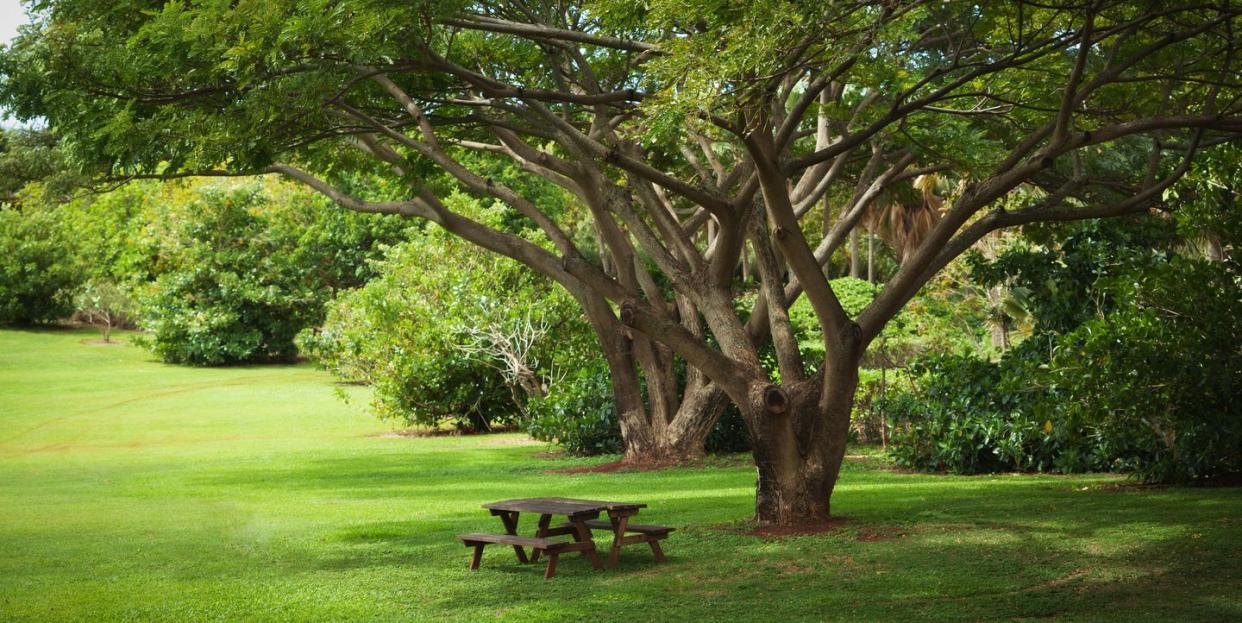
"Hearst Magazines and Yahoo may earn commission or revenue on some items through these links."
Want to add some shade to your garden, backyard patio, or deck? Fast-growing shade trees are the answer. Trees provide shelter and food for wildlife, and when you plant your own tree you get to watch it grow up! Make sure to choose a variety that will survive winters in your area (check your USDA plant hardiness zone), and read the plant description carefully to confirm its mature height and width will suit your yard. When planting, steer clear of utility lines, driveways, and—of course—your house to give the tree plenty of room to stretch its branches and roots. It's also best to hire professionals at the start of every spring to prune and ensure the health and safety of larger branches and sprawling roots.
When planting a new shade tree, dig a hole that's the same depth as the root ball. (Planting too deep is a common mistake.) Remove the container or, if it's balled and wrapped in burlap, cut off the burlap and wire because some burlap won't decompose. It's fine to add compost to improve the soil texture—just mix it into the entire planting bed, not just in the hole itself. Research has shown that putting amendments only into the hole causes the tree's roots to stay in the tiny hole instead of spreading out into the native soil. Refill the hole with the dirt you removed, gently tamp down the soil, and water it well. Keep the tree watered for the first year or two as it gets established.
Ready? Here are a few fast-growing shade trees for your garden.
Eastern White Pine
A classic evergreen, this tree produces pine cones and stays verdant all year. It grows two to three feet per year.
USDA Hardiness Zones: 3 to 8
Size: 50 to 80 feet tall; 20- to 40-foot spread
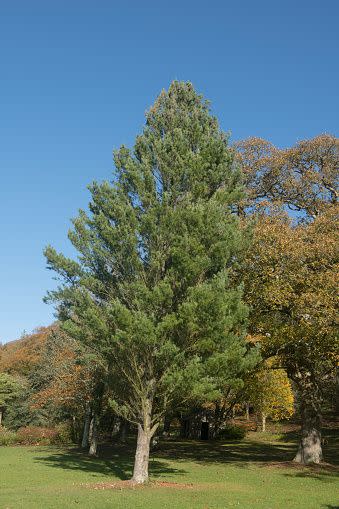
Southern Magnolia
With large white flowers and deep green leaves, this magnolia is a stunning addition to any yard. They grow best in southern states where they can enjoy the mild climate and ample humidity.
USDA Hardiness Zones: 6 to 10
Size: 60 to 80 feet tall
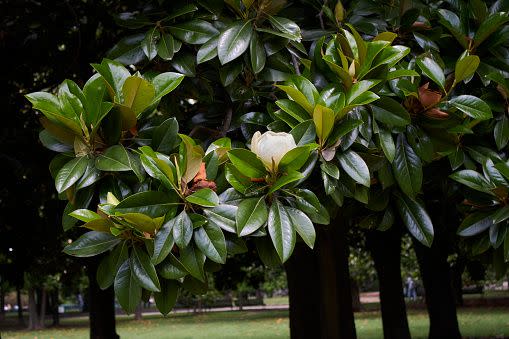
Dawn Redwood Tree
The main benefit of a dawn redwood tree is that it's fairly low maintenance, even as a sapling. This tree sheds leaves and slender twigs annually and grows in a cone-like shape.
USDA Hardiness Zones: 5 to 8
Size: 50 to 60 feet tall
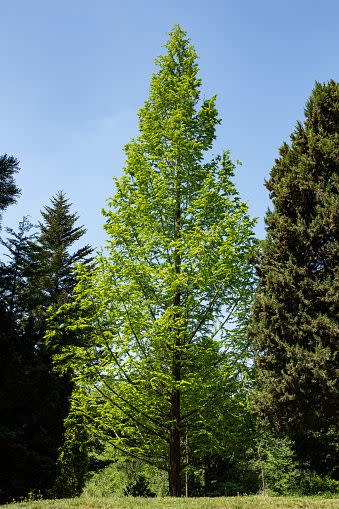
Bald Cypress Tree
While it may surprise you, bald cypresses grow just as well in a yard as they do in water. It has been grown successfully in cities as far north as Milwaukee and as far south as the dry Texas hills.
USDA Hardiness Zones: 4 to 10
Size: 50 to 70 feet tall
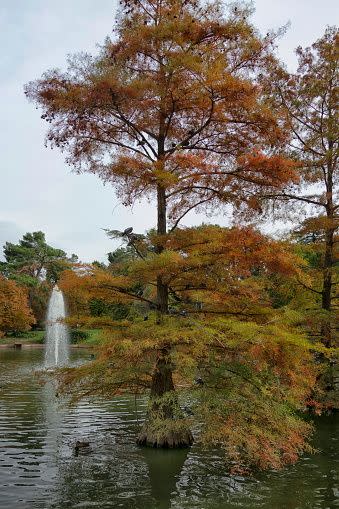
Japanese Pagoda Tree
Offering dense shade, these trees are best planted in the spring as young saplings as they're not susceptible to frost. This hardy tree also tolerates wind, drought, and air pollution quite well.
USDA Hardiness Zones: 5 to 8
Size: 50 to 80 feet tall; 50- to 75-foot spread
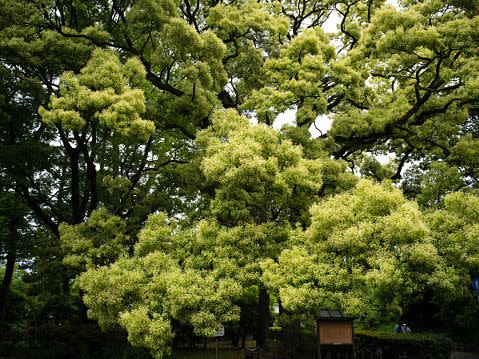
Flowering Cherry
This lovely tree has show-stopping clusters of fragrant white or blush-pink flowers in spring. The weeping variety is even more stunning!
USDA Hardiness Zones: 5 to 8
Size: 35 to 40 feet tall, 15- to 25-foot spread
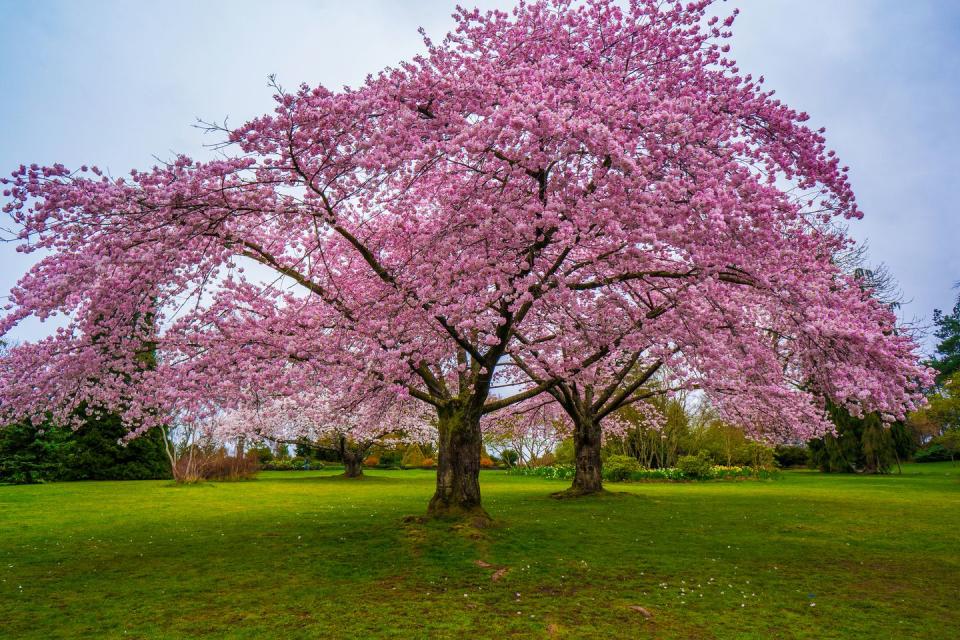
River Birch
Attractive peeling bark and yellow fall color make this birch a good choice for large yards. It's prettiest when grown as a clump with several trunks. Just be aware it can be messy, shedding small branches on a regular basis.
USDA Hardiness Zones: 4 to 7
Size: About 40 to 60 feet tall and wide
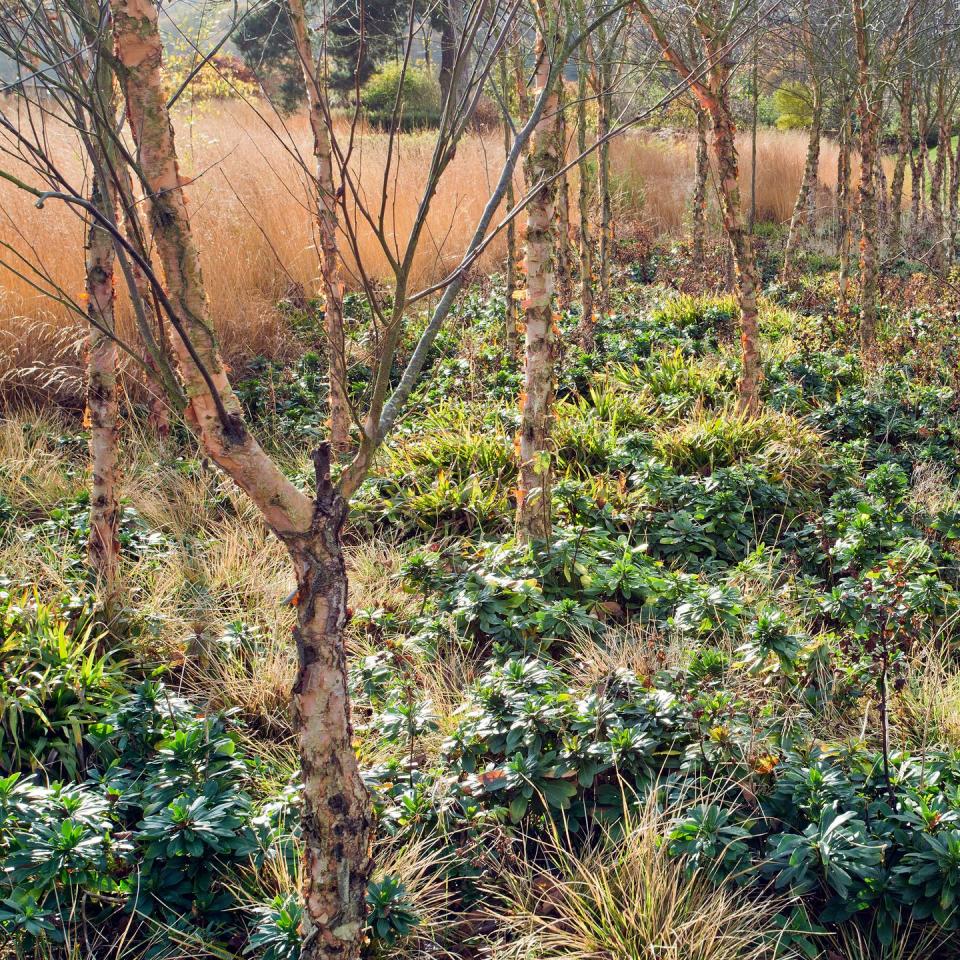
Red Maple
This favorite tree offers some of the best fall color and is super cold hardy. Look for varieties such as October Glory, which has a reliable bright orange to reddish fall show.
USDA Hardiness zones: 3 to 9
Size: About 40 to 50 feet tall and wide
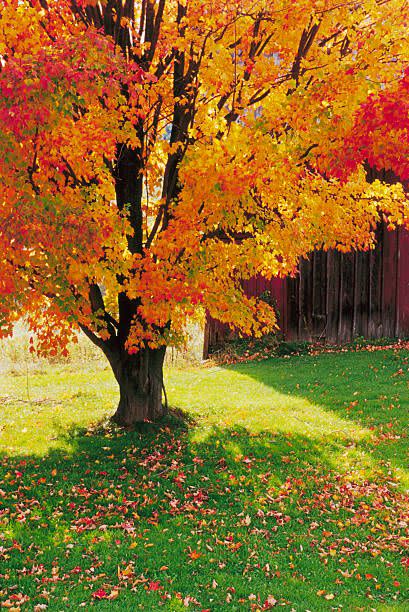
European Hornbeam
This lesser-known tree is densely branched and starts out in a more upright shape when it's young, maturing into a broader shape over time. It has a nice yellow-orange color in the fall.
USDA Hardiness Zones: 4 to 8
Size: 25 to 45 feet tall, 25 to 25 feet wide
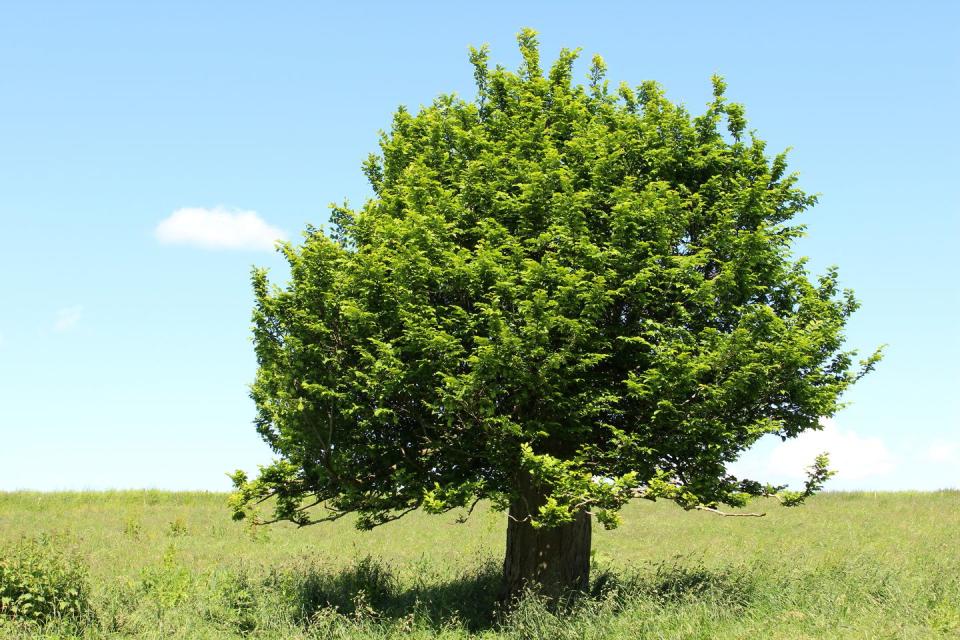
Dogwood
Huge pink or white spring flowers, showy red fruit that birds love, and bright red fall colors are the reasons to plant this popular tree. It doesn't get humongous, so it's a good choice for smaller lots or areas of a garden.
USDA Hardiness zones: 5 to 9
Size: About 15 to 20 feet tall and wide
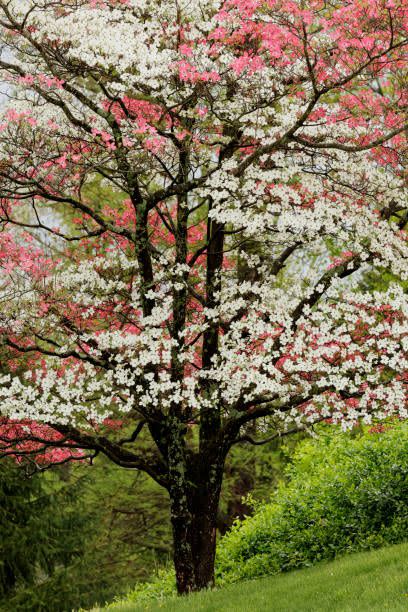
Zelkova
This attractive tree is underutilized, but it's a hardy alternative to the American Elm, which is susceptible to several diseases and pests. It's a Japanese native that's a fast grower with pretty peeling bark and branches that form a vase shape.
USDA Hardiness Zones: 5 to 8
Size: 50 to 60 feet tall and wide
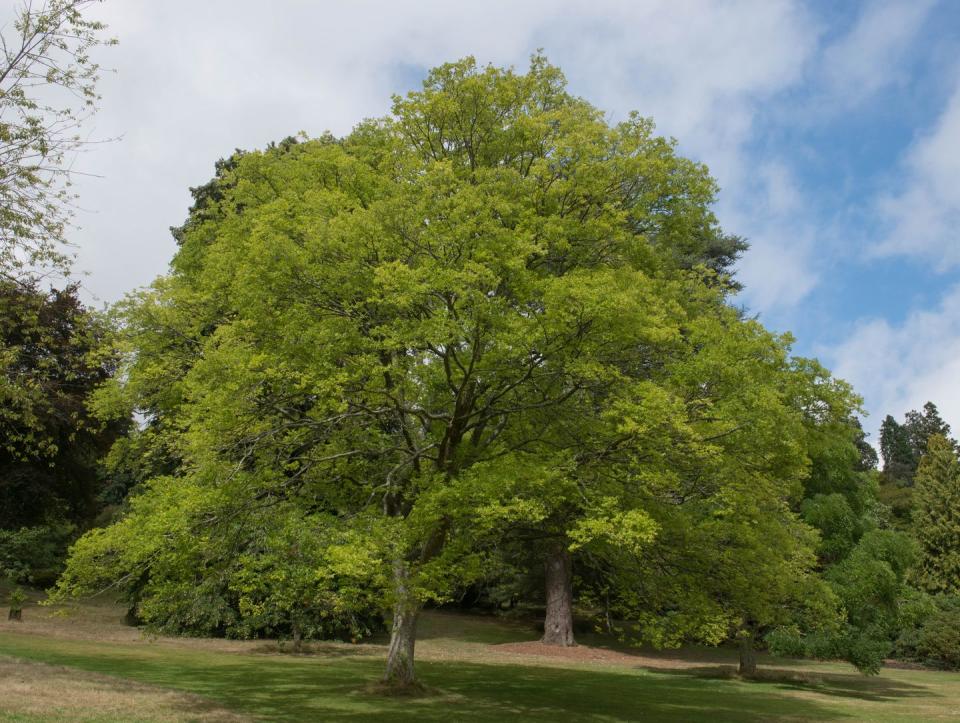
Serviceberry
This shrubby native tree has fragrant clusters of white flowers that become purple berries in fall. You can make jam or share with them with the birds. Plant several as a privacy screen or one as a focal point.
USDA Hardiness zones: 4 to 9
Size: About 25 feet tall and wide
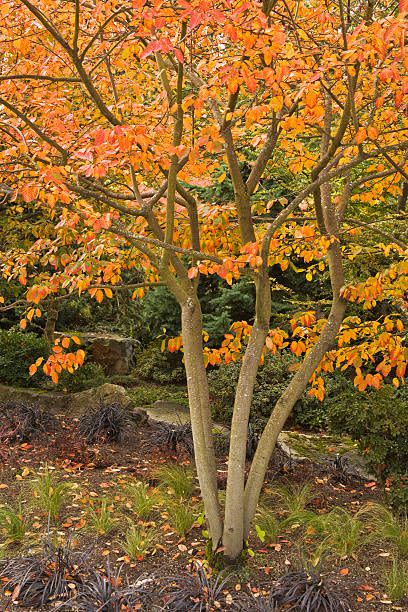
Crabapple
Dense branching, purple flowers, and bronze-y new growth make the crabapple an old-fashioned favorite. It doesn't get huge, so it works well in smaller yards. Plant it as a specimen or in clusters.
USDA Hardiness Zones: 3 to 9
Size: 15 feet tall and wide
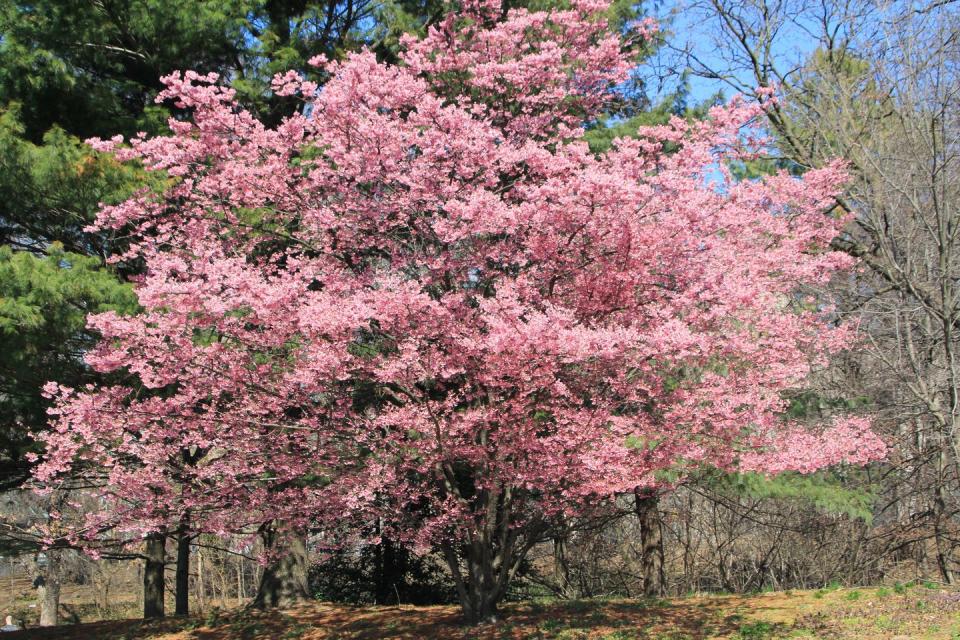
Chaste Tree
This lesser-known little beauty is a fast grower with clusters of gorgeous, fragrant purple-blue blooms in the summer. It can be pruned to achieve a multitrunk display.
USDA Hardiness Zones: 6 to 9
Size: 12 feet tall and wide
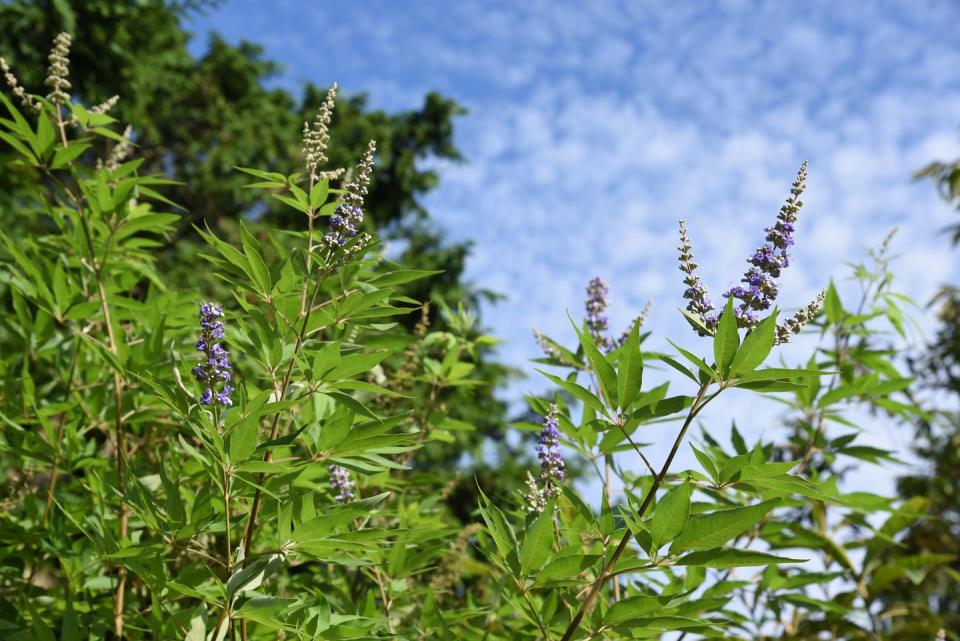
Chinese Pistache
This medium-size tree has a nice rounded shape and incredible fall color that ranges from brilliant orange to crimson. And it isn't messy—the Chinese Pistache doesn't bear nuts like its cousin, the pistachio.
USDA Hardiness Zones: 6 to 9
Size: 30 feet tall and wide
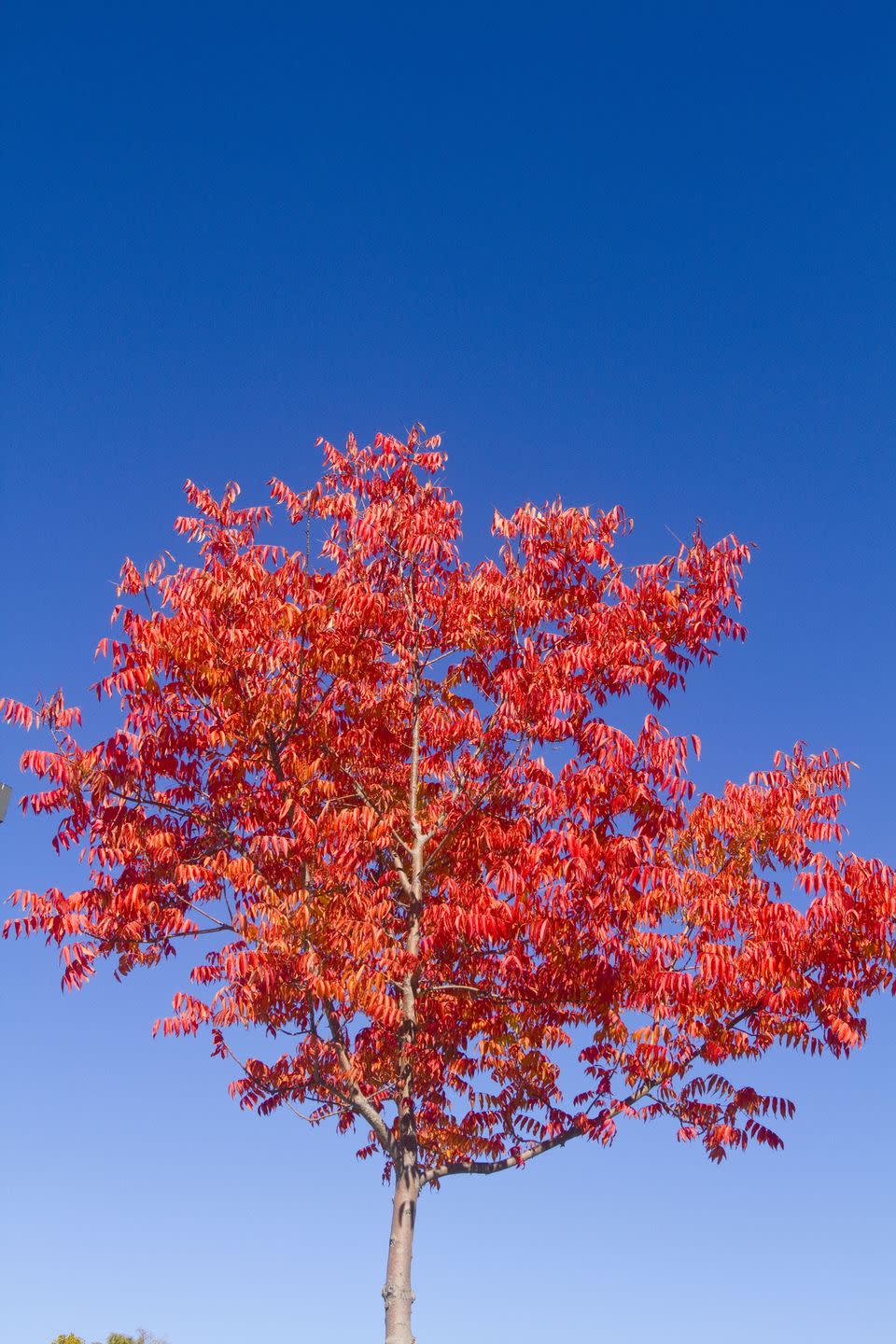
You Might Also Like

